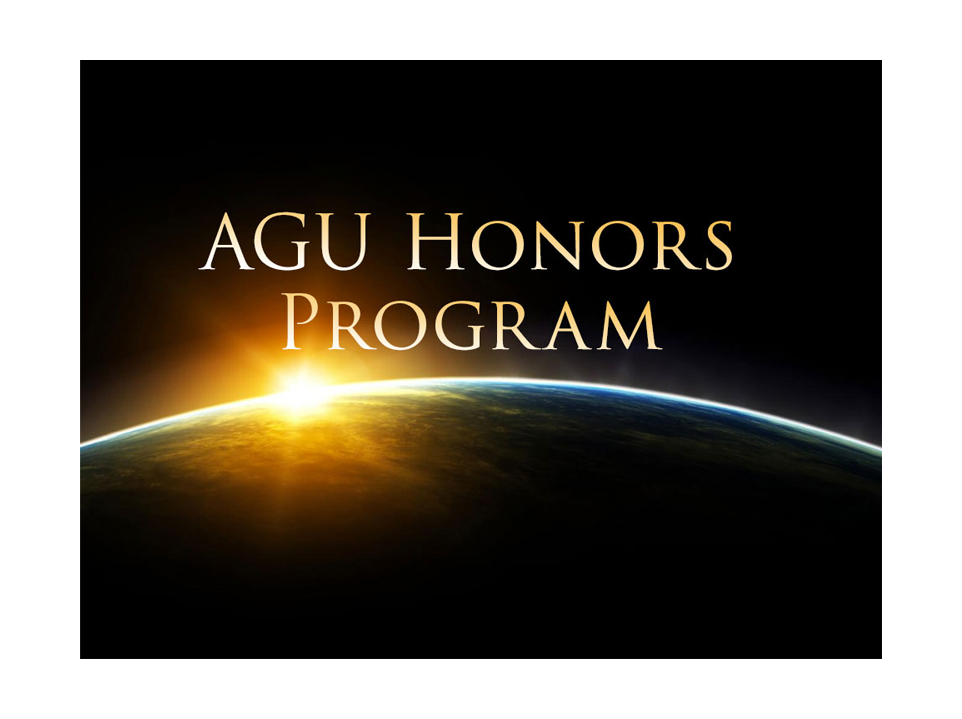Kolbert was honored for the article “Annals of Extinction: The Lost World: Part Two,” published in the 23&30 December issue of The New Yorker magazine. Kolbert’s powerful, yet whimsical article examines growing environmental havoc in our world through the lens of the massive, end-Ordovician extinction some 440 million years ago and the fossils of graptolites, a species almost eliminated by that devastating event. Kolbert shows that just as nuclear fallout is a contemporary human signature in Earth’s geological strata, so are our impacts on our planet’s living creatures and the fossil record they are leaving behind. Her story considers whether such signals indicate a new geologic epoch dominated by human activity and contemplates what future scientists might learn from the strata being laid down today.
Citation
Writing about extinction is an inherently depressing endeavor, and one would think that writing about the sixth extinction, which is unfolding now and which could result in the greatest loss of diversity since the asteroid impact that ended the reign of the dinosaurs, would be even grimmer. But Elizabeth Kolbert has the incredible talent to make stories of environmental catastrophe vivid, gripping, fascinating—and accessible. In her New Yorker article “The Lost World,” which was excerpted from her New York Times best-selling book, The Sixth Extinction, she begins with what might seem like an obscure footnote in the long narrative of geological change—the extinction of the graptolites at the end of the Ordovician period—and then opens the story into a larger investigation into mass extinctions and their remnants.
Always an intrepid reporter who grounds her stories in field reporting, Kolbert takes us to Dob’s Linn in Scotland to collect graptolites with stratigrapher and “scientific hooligan” Jan Zalasicwicz, who is on a campaign to convince his colleagues that we have entered a new geologic era, the Anthropocene. In the article’s most brilliant turn, she moves to the question of how future geologists (or their equivalent) will be able to discern evidence of the Anthropocene era, assuming, of course, it too will come to an end. Perhaps it will be our subways or even our soda cans—as Kolbert writes, a “Dr. Pepper spike.” In his New York Times Book Review of The Sixth Extinction, Al Gore wrote, “Elizabeth Kolbert has established herself as one of our very best science writers. She has developed a distinctive and eloquent voice of consciousness on issues arising from the extraordinary assault on the ecosphere.” And the San Francisco Chronicle wrote, “It is not possible to overstate the importance of Kolbert’s book. Her prose is lucid, accessible and even entertaining as she reveals the dark theater playing out on our globe.” A serious, painstakingly thorough journalist, a keen and informed observer of the world around us, Elizabeth Kolbert translates the technical into the playful and poetic even as she forces us to contemplate some of the most dire issues of our time—who else could describe a graptolite fossil as resembling a set of false eyelashes for a Barbie doll?
—Gillian Blake, Henry Holt, New York, N. Y.
Response
I am extremely honored to have received this year’s Walter Sullivan Award. Walter Sullivan set a very high bar for science journalists, and many of the previous winners have served as models to me, including such brilliant writers as John McPhee, Jon Krakauer, and Tim Folger.
The stories that formed “The Lost World,” which appeared in The New Yorker, were written as part of a book, The Sixth Extinction, published by Henry Holt and Co. That book took much longer to complete than it was supposed to—nearly 5 years. I was very fortunate during that time to have the support and counsel of Gillian Blake, Holt’s editor in chief. I can’t thank Gillian enough for all of her help and her advice. I also want to thank Holt’s president, Steve Rubin, and its deputy publisher, Maggie Richards. I was lucky, too, to have such wonderful and sympathetic editors at The New Yorker, including John Bennet, Dorothy Wickenden, and David Remnick.
Science journalists might be described as the barnacles of the scientific world; we’re entirely dependent on the scientists we adhere to. I owe a tremendous debt to the many scientists who assisted me in writing “The Lost World,” particularly to Jan Zalasiewicz, of the University of Leicester; Ian Millar and Dan Condon, of the British Geological Survey; and Pascal Tassy, of Paris’s Museum of Natural History.
—Elizabeth Kolbert, The New Yorker, New York, N. Y.
Citation: AGU (2015), Elizabeth Kolbert receives 2014 Walter Sullivan Award for Excellence in Science Journalism—Features, Eos, 96, doi:10.1029/2015EO023155. Published on 4 February 2015.
Text © 2015. The authors. CC BY-NC 3.0
Except where otherwise noted, images are subject to copyright. Any reuse without express permission from the copyright owner is prohibited.


